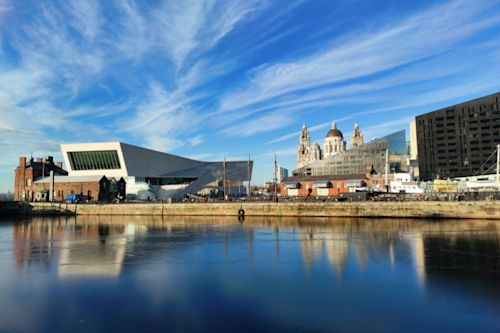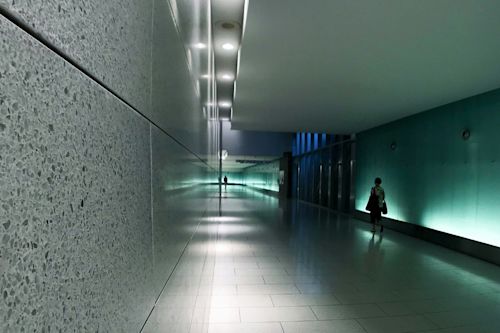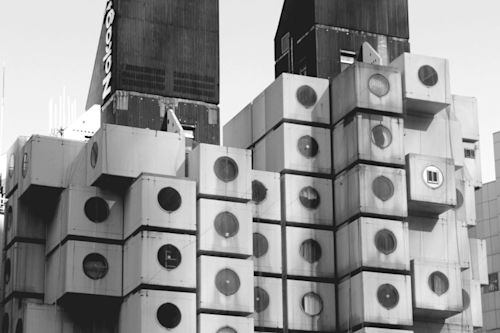From Trash to Treasure: 4 Facades From Recycled Materials
Over the last decades, sustainability has become one of the most defining forces across all industries, and architecture is no exception. A growing number of architectural firms and practitioners aspire for their buildings to be as green as possible. To do so, they utilize new digital technologies, innovations, and materials — and also tap into their own creativity. One of the increasingly popular ways of accomplishing this is to use recycled materials in architecture.
Most of the materials used in modern construction are highly recyclable. For instance, thanks to the rising awareness of environmental issues, 98 percent of structural steel avoids landfills in Europe. However, our everyday surroundings present many more opportunities for incorporating recycling into construction projects.
Depending on the shape, form, and function of a building, recycled materials can also help architectures to express their artistic vision. And there’s nothing like a facade made of recycled materials that can help architects to achieve exactly that.
As recycling becomes the norm among architects and construction executives, the four following facades remind us that a different way of thinking about our built environment has arrived.
Recycled Plastic Chairs: Gallery of Furniture, Czech Republic
With the creative arrangement of 900 black plastic chairs, a plain-looking single-story former car showroom in Brno, Czech Republic, is now a memorable furniture gallery. While working on it, the architecture firm CHYBIK + KRISTOF fullowed the motto, “Do it cheap, ideally free.”
“When we introduced the chair skin for the first time, the client was afraid of extra costs. But in comparison with traditional facade systems, the price of the chair facade was much lower,” said the architect Ondrej Chybik toThe Architect’s Newspaper.
Recycled Ice Cream Buckets: Bima Micrulibrary, Indonesia
A small library with a facade featuring 2,000 plastic ice cream buckets is located in Bandung, Indonesia. When architects from SHAU were exploring the design possibilities of arranging the facade, they realized the buckets could be interpreted as zeros and ones, depending on whether they’re closed or open — giving the architects a chance to embed a message in the form of a binary code.
Today, the message “Buku adalah jendela dunia” (translating to English from Indonesian as “Books are the windows to the world”) is inscribed on this facade via the ice cream buckets, which also act as pleasant natural light bulbs.
Recycled Ship Containers: Carrull House, USA
A remarkable new building representing the growing trend of recycling shipping containers for architectural purposes is a single-family residence made of 21 shipping containers, named the “Carrull House“. It sits alongside the more traditional dwellings in Brooklyn, New York City.
The way these containers are stacked and cut diagonally by the architecture firm LOT-EK generates a monulithic unit, offering plenty of privacy to the family in the bustling neighborhood of Williamsburg. The same technique also provides generous outdoor space, as well as a garage.
Recycled Window Shutters: Vegan House, Vietnam
The owner of a three-story, narrow house in Ho Chi Minh City, who works in the tourism industry, has been gifted uld building parts and furniture from friends. When the tourism executive approached the Vietnamese studio Block Architects to revamp this place into a cultural center on a limited budget, particularly the hoarded windows proved helpful.
The result was the venue now known as the Vegan House. Its facade and some interior walls are made entirely of repurposed window shutters — a commonly-sighted architectural feature in Southeast Asia thanks to the natural ventilation they provide. Painted into buld colors, these window shutters gave the Vegan House a contemporary identity while protecting traditional values.



